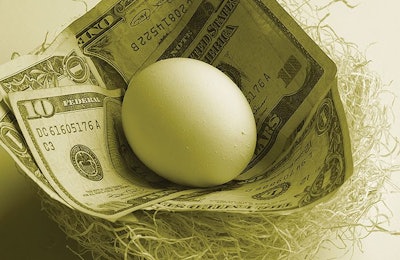
An unparalleled demand for corn and soybeans, coupled with unforeseen declines in worldwide production, have sent prices racing toward historic levels in recent months. Those increasingly high feed cost will have an impact on input expenses for layer producers and inevitably will cut into the potential for profits.
According to Maro Ibarburu, associate scientist and business analyst with the Egg Industry Center at Iowa State University egg producers may see the following price increases:
- A 10 cents/bushel increase of the corn price would result in a 0.43 cents/dozen increase in the cost of production
- A $10/ton increase in soybean meal price would result in a 0.39 cents/dozen increase in the cost of production
The January 12 USDA WASDE report estimates that the U.S. farm price for corn will be $0.64 per bushel higher in the 2020/2021 crop year than in the 2019/2020 crop year. The same report estimates that the soybean meal price will be $90.50 per ton higher in the current crop year than in the last. If these projections come true, then the feed cost per dozen eggs will be around $0.063 higher this crop year than last.
“Of course, their [egg producers] ability to be profitable is going to depend on what happens with the egg prices. It has been very hard to project what’s going to happen with the egg prices,” said Ibarburu.
Typically, the margin for profit increases during Easter, however, at this time, Ibarburu said, “We are projecting a very small change in the U.S. flock from December 1st to Easter, which is very typical. The changes in the demand side will be a lot more important [for determining the price of eggs], but they are harder to project.”

















